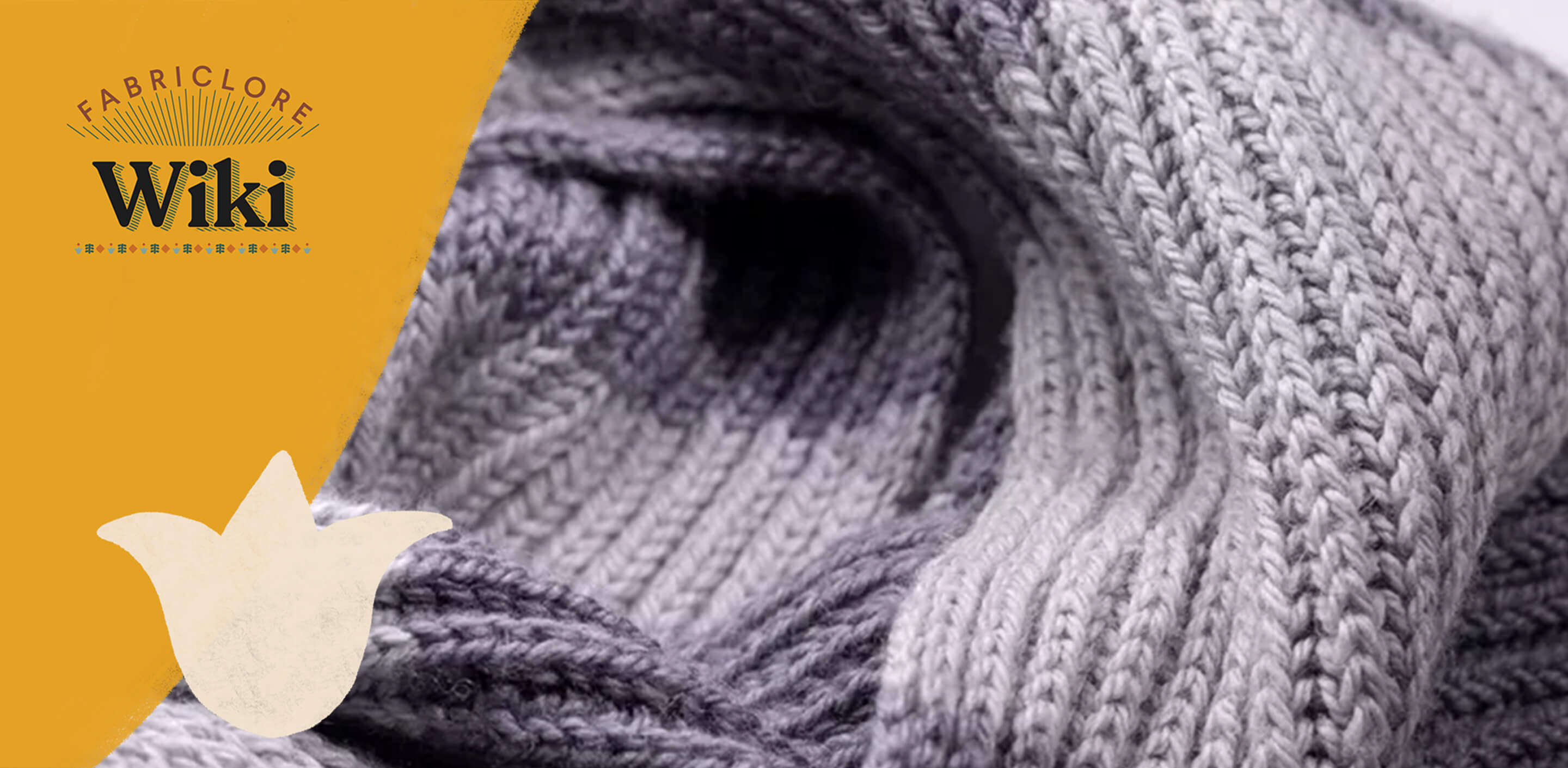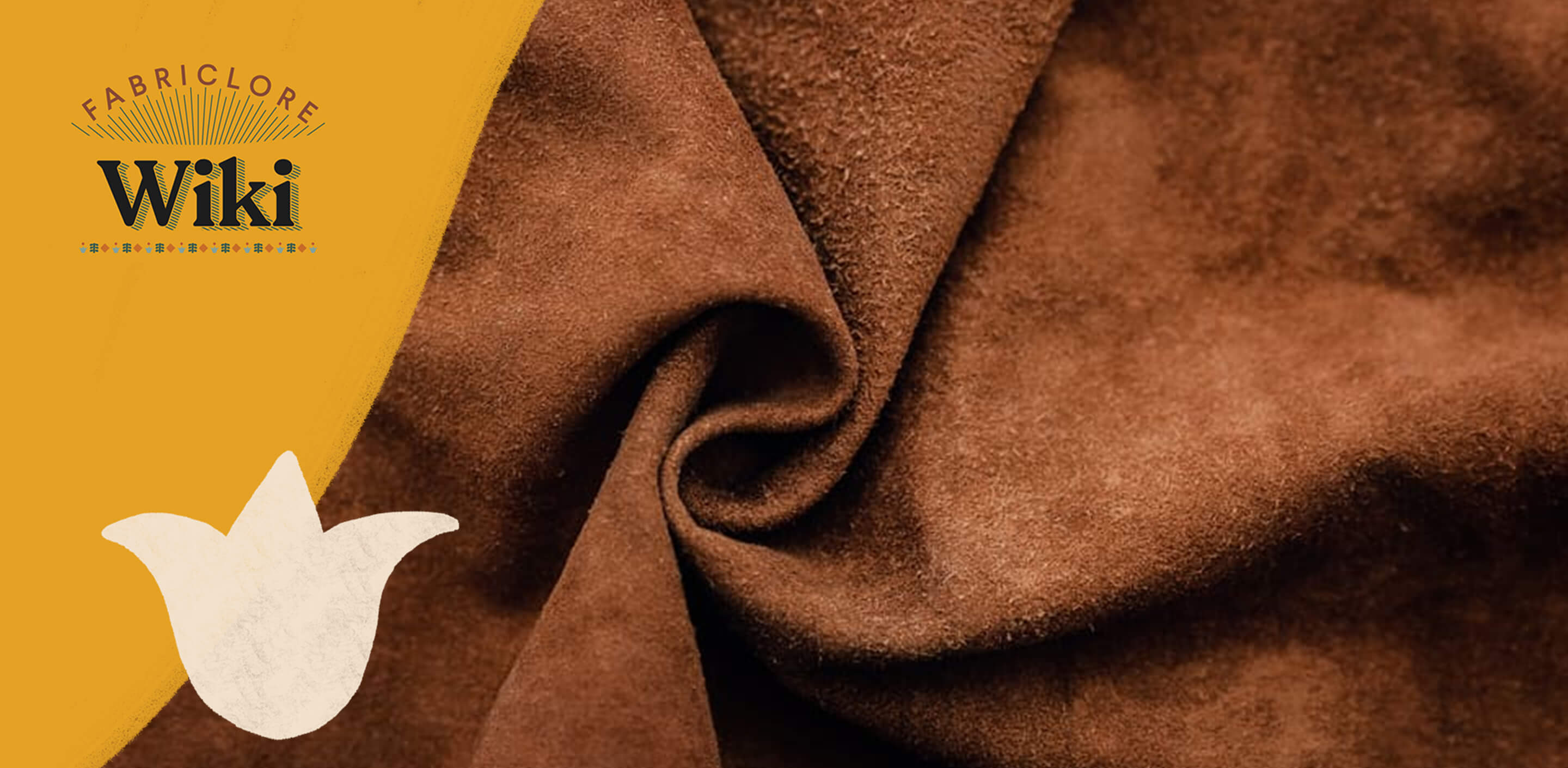What is Neoprene Fabric?
- Polychloroprene, known by its brand name Neoprene, is a fabric that can be used as a substitute for rubber.
- Neoprene is a suitable material for wetsuits and other clothing which are meant to insulate against damp and cold conditions as it is completely waterproof.

History
- As with so many other important discoveries in history, chloroprene rubber was made due to people's necessity.
- Global rubber shortages became a major issue for Western industrial giants in the opening decades of the twentieth century, and American businesses like DuPont started monitoring top colleges like hawks in the hope that they would discover a cure.
- In 1930, Fr. Julius Arthur Nieuwland of the University of Notre Dame delivered a speech, and a top DuPont executive happened to be there.
- He gave a talk about a plastic substance he invented, divinyl acetylene. As a result of DuPont's request, Nieuwland worked with other plastics experts to create the first mass-produced compound made of divinyl acetylene.
- Until the 1930s, neoprene was a relatively unknown product on the market.
- During World War II, the material was very important to the Allies because it could be used instead of rubber.
- Without DuPont's miraculous creation, the Second World War may have been drastically different.

What Makes it Stand Out
|
Texture |
It has a smooth texture with an appearance similar to rubber. |
|
Strength |
Neoprene is an excellent all-around rubber material. Industrial settings and other places with a lot of movement can benefit from its great strength. |
|
Resistant |
Chemicals, water, heat, flame, oxygen, and ozone resistance are all desirable qualities of neoprene. |
Applications & Usage
|
Clothing |
Scuba suits, wet suits, jackets, gaskets, etc. |
|
Accessories |
Swimming gloves, fishing wear, car seat, bike seat, etc. |
Care Instructions
- The fabric should be washed in the same manner as delicate clothes.
- Allow it to soak for a bit longer after you've washed it gently and squeezed out the unclean water.
- You may either lay your neoprene garments out on a towel or hang them on a coat hanger with their ribbon tags.
- It's critical that you immediately hang up a neoprene item after wearing it. It's difficult to remove the creases after the cloth has been compressed or folded.
- It must be kept out of direct sunlight, as it may dry up and shatter the material.





